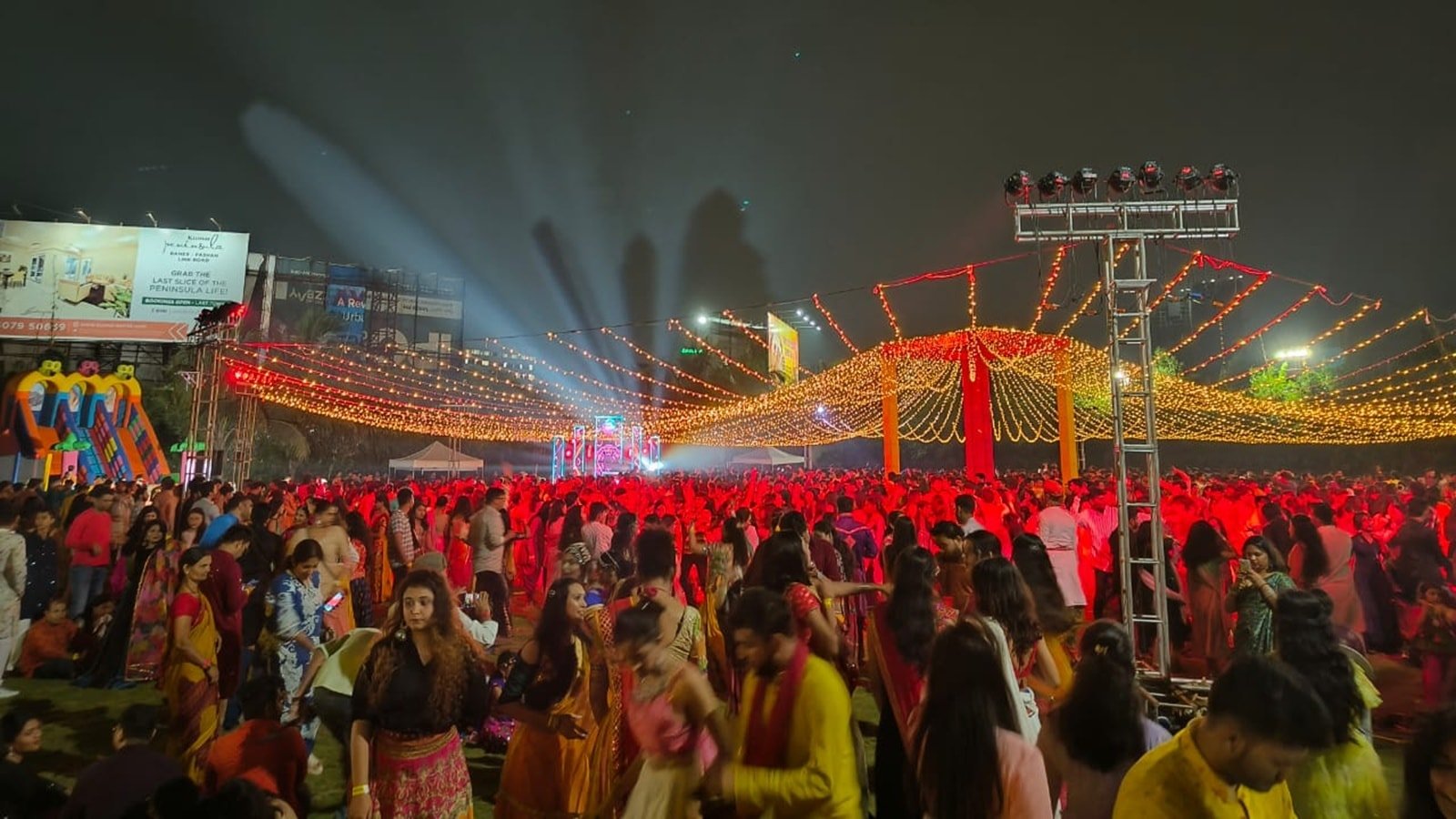August 24, 2025 12:33 PM IST
First published on: Aug 24, 2025 at 12:33 PM IST
Like everyone else, I’ve been thinking about lauki. Set in Phulera — its name is not an accident, deriving as it does, we have been led to believe, from “phool”, flower — Panchayat is about a young engineering graduate who finds a job as the secretary of a village panchayat. We could have indulged ourselves to imagine the fictional town of Phulera as Malgudi, except that people here fight elections with guns and sticks and a tragicomic zeal and violence. The current panchayat pradhan gifts people bottle gourds from his garden. By the fourth season, that bottle gourd, initially a minor comic indulgence, has become his election symbol; the opposition party chooses a pressure cooker, though it is with free gifts of potatoes that they fight the bottle gourd.
I’ve been noticing a gentle vegetal turn in Indian cinema and television. Laapata Ladies (2023), as I showed in an essay for this newspaper (‘Our flowery fantasy’, IE, May 8, 2024) was built around a subterranean structure of plant life, more particularly flowers — the girls are called Phool and Pushpa, the husband’s name is given as Pankaj; the village is Suryamukhi, sunflower, to which the couple travels by a bus called “Pushpa Travels”. There’s the throbbing awareness of a plant world in the neighbourhood of thought always: When Phool fails to remember the name of her husband’s village, the people around her offer her possible names, all of which are flowers: “Gulab, Champa, Chameli, Matiya, Kaner, Dhatura… Parijat… Mogra”. Another film was released in the same year, one whose relation with plant life is announced in the title itself: Kathal, jackfruit. There’s a politician in Kathal as well — instead of the lauki, his garden has exotic kathal. When they are stolen, the police are summoned to find the thief urgently. At the end of the film, after many storylines meet and clash with each other, we learn that it wasn’t humans but monkeys who were responsible for the disappearing jackfruits.
The comedy of the botanical
And many decades before that, so long ago that it’s possible to forget the lineage, there was the Botany professor in Hrishikesh Mukherjee’s Chupke Chupke (1975). I say “Botany professor”, but that’s not totally correct — it’s an English professor who’s been forced to act as a teacher of botany. He finds himself falling in love with a botany student who wants him to make the subject easy for her. Comedy is inevitable: When asked about “corolla”, he says “karela” – bitter gourd. The name of the woman he loves is “Vasudha”, meaning “earth”. The comic is emphasised in other ways, as when she holds — and studies — a marigold flower when speaking to the professor and then, in annoyance, throws it and walks away from him. A little later, he pulls a flower from the vase nearby to give her. Suddenly, grown aware of Vasudha’s eavesdropping sister, he begins chanting “Corolla is the modified stem …” For those who know a little more about plants than the English professor, there’s a hidden joke there too: The corolla is not a modified stem but leaves, petals.
A few years after Chupke Chupke, Gulzar would name his adaptation of Shakespeare’s The Comedy of Errors after a fruit: Angoor (1982), grape, all because the second pair of twins are intent on buying grape orchards. It’s not just the words through which the botanical comes to supply the comic, it’s in the camera’s discretionary language: Freshly confident after a night of rote learning, the English professor is about to launch into a lecture on corolla; we are shown a leafless tree and then Colocosia plants. The barrenness of the tree, and the Bangla idiomatic that’s attached to Colocosia (“koch”, a word used for dismissal and judgement for the useless) prepare us for laughter. “Aap mujhe Botany ki dhamki kyon deti rehti hain?” he asks, why do you threaten me with Botany?
A lineage of thought runs through these films – it’s the comedy of the botanical, deriving from the intersection of human and plant worlds; the other is deceit, comedy’s lubricant. Even when a register of fear attaches itself to such a film and it crosses over into a different genre, as it does in Munjya (2024), which is presented as a “horror comedy”, where life and death, over two time periods, come to be concentrated in a peepal tree, the underlying tone is comic. Moving between Goa in 1952 and Pune in the 21st century, different histories and sets of characters are brought together through the figure of the peepal tree under which someone is buried to become the supernatural Munjya; the tree is burnt at the end of the movie. The transportation of the burnt logs, with the suggestion of a ghostly presence, is a new addition to what has primarily been a comic tradition, one that includes flowers “kissing”. Disappearing fruits; missing girls as missing flowers; politicians and everyday vegetables, lauki and kathal; the burnt peepal tree, a trope that goes back to Emperor Ashoka’s enchantment with the Bodhi tree and attempts to kill it, has transmogrified into a ghost in our cinema. If these are not an unconscious manifestation of the death of our forests, what is?
Roy, a poet and writer, is associate professor at Ashoka University. Views are personal







